Ardor
(ardr)
Not AvailablePrices are in USD.
Market Data For Ardor
| Current Price | $0.0775 |
| Market Cap | $102,961,408 |
| Market Cap Rank | #458 |
| Total Volume | $9,949,266 |
| High 24H | $0.10 |
| Low 24H | $0.0953 |
| Price Change 24H | 0.01% |
| Price Change Percentage 24H | 6.90% |
| Market Cap Change 24H | $6,600,042.00 |
| Market Cap Change Percentage 24H | 6.85% |
| Circulating Supply | 998,466,240 ardr |
| Total Supply | 998,466,240 |
| All Time High |
$2.04
-94.94%
January 13, 2018 |
| All Time Low |
$0.0087
December 6, 2016 - |
Coin Data For Ardor
| Website | https://www.ardorplatform.org/ |
| Explorers | https://ardor.tools/ , https://ardor.world/ |
| Wallets | - |
| Community | https://reddit.com/r/Ardor , https://twitter.com/ArdorPlatform , https://www.facebook.com/1797059813859785 , https://bitcointalk.org/index.php?topic=1518497.0 |
| Source Code | https://bitbucket.com/Jelurida |
About Ardor
Ardor Review: Mining Guide, Price & Analysis of the Ardor Cryptocurrency
Ardor is a blockchain that allows users to launch decentralized applications. It has a unique parent-child design that capitalizes on efficiency. Moreover, it allows developers to launch their child chains. This is very appealing to developers. They can launch blockchain networks without worrying about the underlying code.
Further, the design of this blockchain allows it to have excellent scalability. Therefore, developers do not have to worry about the lack of services. This can happen when a blockchain goes down. It can operate optimally even under intense loads.
This reliability is what makes developers gain trust in this blockchain. Consequently, it sees moderate success in the markets. It currently sits just outside the mark in market cap share. It ranks 135th with a market cap of $74,001,557.
The biggest competitor to Ardor is Ethereum. Ethereum is still the go-to blockchain when launching decentralized platforms. Each day it continues to prove why it is the best in the space. It is reliable and very secure.
How Ardor Works
The operations of Ardor fully depend on its blockchain’s architecture. Its parent-child design allows it to perform parallel computing. Such an architecture is the next evolution of Ethereum like blockchains. It is a very efficient approach. It allows for the isolated processing of decentralized applications.
Moreover, this design allows the blockchain to offer consensus as a service. As such, the parent blockchain provides the security of the whole network. Then, the child blockchains provide functionality. These child chains are full blockchains and offer full services.
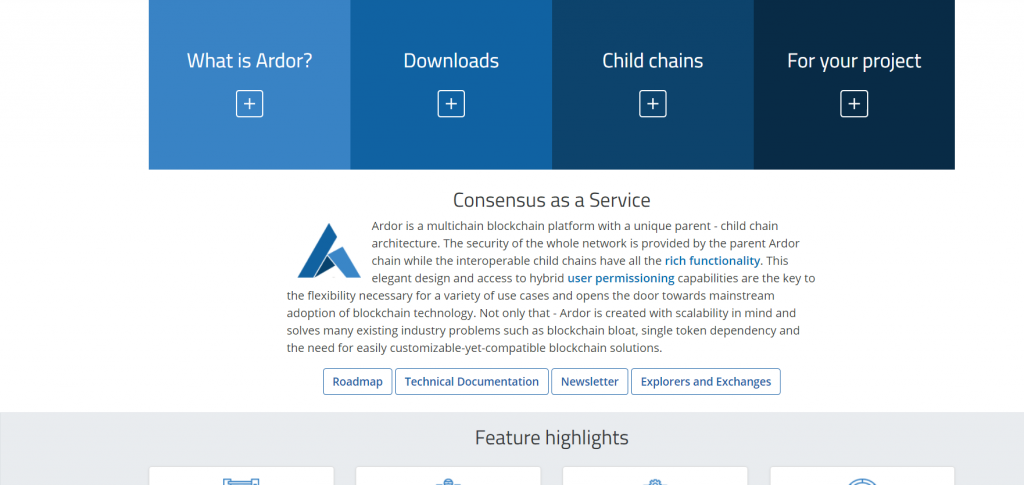
To facilitate transactions, this blockchain supports the use of smart contracts. These smart contracts ensure that transactions execute within the right parameters. There is no need for a central institution to process transactions.
Moreover, they allow the child chains to have interoperability. This is very crucial. It means that businesses on the blockchain can communicate and transact with each other. This is very appealing and applicable to real-world use cases.
Further, the network allows child chains to operate in a private environment. Businesses can license their chains as private child chains. The core developers ensure to support such chains directly.
Can Investors Mine Ardor Coins?
No, it is not possible to mine on this blockchain. The network uses the Proof of Stake consensus for security. In this consensus, there are no miners. Instead, there are validators. To become a validator, users have to stake their coins.
If a user has enough coins, they can become a validator. The work of validators is to certify transactions on the network. They then record the transactions on the public ledger. Once here, the ledger records are final and immutable.
The Proof of Stake is one of the safest consensus mechanisms in use today. That is because validators in the network have a stake in it. It makes no sense for them to attack it. They would lose their assets if they do.
Further, this consensus mechanism is energy efficient. It does not require high computational power to process transactions. It also allows the network to be more efficient.
The Team behind Ardor
Ardor boasts one of the most experienced teams in the blockchain space. It has a great team of professionals behind it. The Director of the project is Tomislav Gountchev. He is also the Lead Architect of the network.
Tomislav has over 20 years of experience in server-side Java development. Additionally, he has immense experience in fintech and software engineering. Before Ardor, he was a key developer of NexTag. He contributed heavily to the development of its Java-based search engine.
By his side are the founders of Ardor, Lior Yaffe, and Kristina Kalcheva. Kristina serves as the legal officer of the company. She is an impressive Law expert with a Master’s degree in Law and International Relations.

On the other hand, Lior serves as the Core developer of Ardor. He has over 20 years of experience in the design, development, and deployment of enterprise applications.
These individuals have the necessary experience to spearhead any blockchain project. Therefore, we can say that Ardor is in the hands of professionals.
Ardor Coin Performance
The performance of a cryptocurrency says a lot about the adoption and use of the blockchain. With Ardor, the performance is relatively encouraging. It currently ranks 135th in market cap share. However, it is not showing much rise in value in recent months.
It is impossible to tell the direction that the Ardor Coin will take in the market. It faces stiff competition from Ethereum. Ethereum still proves to be the best for launching blockchains and DApps.
Privacy and Security
Ardor has excellent security features. For starters, it is a blockchain network. Hence, there is no central database to attack. Moreover, the distributed nodes on the network work together to maintain security. An attacker would require immense computational power to break into the network.
Additionally, the network uses one of the safest consensus mechanisms that exist. The Proof of Stake consensus is immune to 51% attacks and double spends. However, it is vulnerable to Sybil attacks. In any case, Ardor has not experienced a security breach since its inception. Its architecture helps it stay secure.
Further, Ardor has great privacy features. Developers can launch their child chains in completely private environments. This gives them a secure and isolated environment to run their operations.
The only thing that is transparent on this network is the public ledger. However, the records on the ledger are immutable. Therefore, users do not have to worry about hackers editing the ledger.
Our Take on Ardor
Ardor is an exciting project. It allows users to launch their blockchains with their own rules. It allows this due to its unique parent-child architecture. Moreover, this gives the blockchain a parallel computing structure. Consequently, it is very efficient and fast.
Additionally, this blockchain is secure and robust. It allows users to launch child chains in completely private environments. It has a great team of developers dedicated to its evolutions. Security and efficiency remain a top priority for them.
Advantages
- It is a decentralized network.
- It is secure and robust.
- Ardor offers fast transaction times and high scalability.
- Ardor allows developers to launch private child chains.
Disadvantage
- Ardor still doesn’t have great adoption.
- Stiff competition from the better-established Ethereum.
How to Trade and Store Ardor Coins
The Ardor coin powers all the operations on the blockchain. It pays for transaction fees and staking rewards. You can easily add this coin to your portfolio. The best way to do that is to buy from an exchange. The best exchanges for Ardor trading include Poloniex, Binance, HitBTC, Huobi Global, and OKEx. The price of one Ardor coin stands at $0.074890 at the time of writing this.
You can store this coin in various crypto wallets. The best wallet to use in this case is the Ardor wallet. It is available on various operating systems.
Final Verdict
Ardor has an exciting approach to blockchain architecture. It assumes a parent-child structure. Consequently, developers can launch their blockchains on Ardor. They can do this easily without worrying about the code of the underlying blockchain.
Additionally, this structure allows the network to be very efficient. This is because it can process operations in a parallel manner. However, this blockchain faces stiff competition from Ethereum. Ethereum is still the go-to blockchain to launch any kind of decentralized applications.
 $97,172.00
$97,172.00
 $3,109.04
$3,109.04
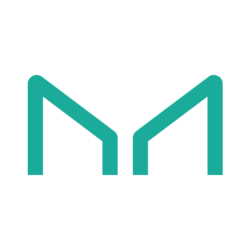 $1,528.07
$1,528.07
 $2,389.10
$2,389.10
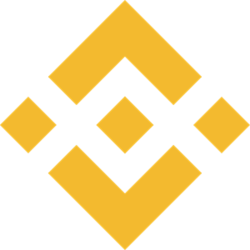 $609.61
$609.61
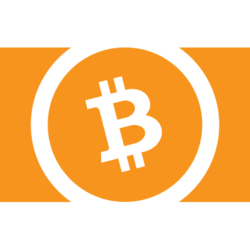 $516.49
$516.49
 $294.43
$294.43
 $161.98
$161.98
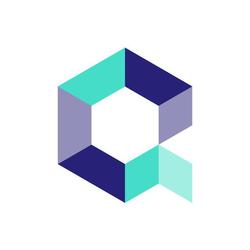 $88.85
$88.85
 $157.97
$157.97
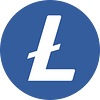 $86.66
$86.66
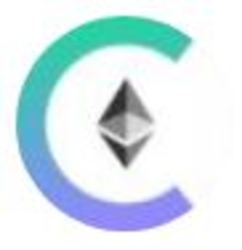 $74.47
$74.47
 $76.21
$76.21
